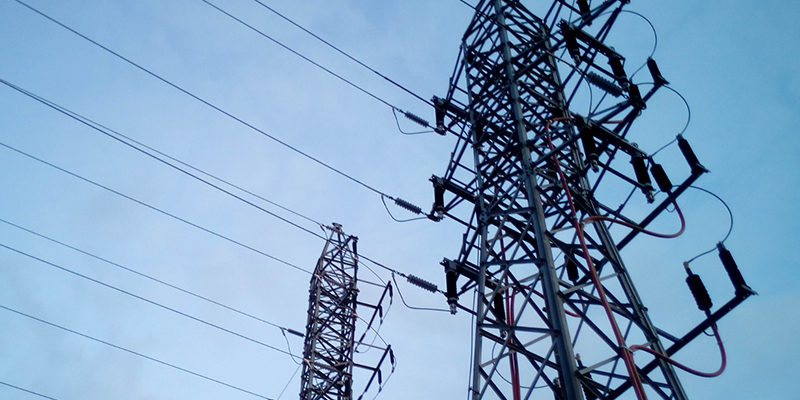With all the activity and innovation happening within construction today, we’re seeing a continued proliferation of jobsite technology, including connected solutions like Spot-r. As workforce demographics continue to shift (with more experienced workers retiring and fewer new workers there to take their place), employees need to be well-rounded and ready to tackle a variety of tasks that come their way – safely and efficiently.
Product reliability and safety are of the utmost importance to me, and regardless of industry or years of experience, it’s important to invest in basic electrical training. There is a baseline of understanding that everyone on the jobsite should have when handling modern Internet of Things (IoT) technologies, which includes how electrostatic discharge (ESD) can impact electronics.
Why does this matter?
ESD is something to consider when it comes to construction technology because even though the expectation is that everything used will be rugged and tough, the reality is that the plastics, antennae and electronics that comprise those devices can be fragile under some circumstances. Like any other tool or piece of equipment on site, how something is used, stored and maintained is important to overall functionality and longevity. Sometimes, electrostatic damage only results in change in performance rather than immediate, obvious failure (which can occur months later). The solution? Take the “better safe than sorry” approach by following proper ESD handling procedures.
In addition, in the unpredictable construction environment with so many uncontrollable variables, it’s important to control the ones you can, starting with proper safety training and equipment handling. Solutions like Spot-r are specifically designed for the jobsite, and able to withstand temperature extremes, outdoor conditions, and handling during installation. During these times, normal handling procedures and warnings can be considered enough for any commercial electronic product. When the case is open and internal wiring is exposed, however, safe ESD handling procedures are more important.
Let’s start with the basics.
An electrostatic discharge is the damaging transfer of charge from one object to another that can harm micro-electronics. It typically occurs through the relative motion of objects in contact with each other like walking (i.e. your boots make contact with the ground or concrete).
Microelectronics, as the name implies, have very small features, such as integrated circuits (chips) in an iPhone. When current higher than the normal range flows through such features, it can destroy the integrated circuit they are part of (kind of like blowing a fuse), causing the product to fail. An ESD discharge can induce a very high current across these devices in a very short time period. For example, a typical discharge of ESD in winter can be as much as 20 amps – more than enough to damage circuitry – and happen in less than one microsecond. Keep in mind that this not harmful to people; even under extreme cases, you might only feel a small amount of pain at the point of discharge.
The main point of concern for ESD is when a product case is open, and the circuit board is exposed to contact. Touching board-mounted switches should also be considered a risk, and appropriate handling measures should be followed, which are discussed below. Furthermore, antenna connections are high frequency connections that are difficult to protect, so it’s important to only touch the outer sleeve and avoid contacting the center connection.
Normally it is not recommended that non-trained personnel open IoT products without direct support from product representatives, but there may be cases when this may be necessary. This instruction will minimize the risk:
- Minimum recommendations for safe ESD handling are to minimize movement while working on a product; This movement can be walking or shifting in a chair, and it doesn’t matter if you are standing on dirt, concrete or carpet.
- Static build-up on a person is relative to earth ground, so returning that charge to “ground” (or a power supply return that is earth-grounded) will limit the voltage and charge build-up. Conduit on electrical installations are typically earth-grounded.
- Before you can safely handle internal elements of an IoT product, you must consider a few approaches to minimize or eliminate the ESD threat. For products in the field, ideally you would want to use an ESD strap and clip the ground lead/alligator clip to a nearby grounded object. If a strap is not available, minimize moving your feet, and touch a grounded object or the return of the power supply feeding the device for a second.
For more information and product recommendations see: https://www.esda.org/.
With that, I’m signing off for 2018 and will be back in 2019 to walk through the key concepts of Internet of Thing (IoT) and other wireless devices as well as basic test instruments and their purpose.
Mark Wagner is our Senior Electrical Engineer. You can connect with him on LinkedIn, where he regularly publishes articles about electrical engineering and PCB design.

